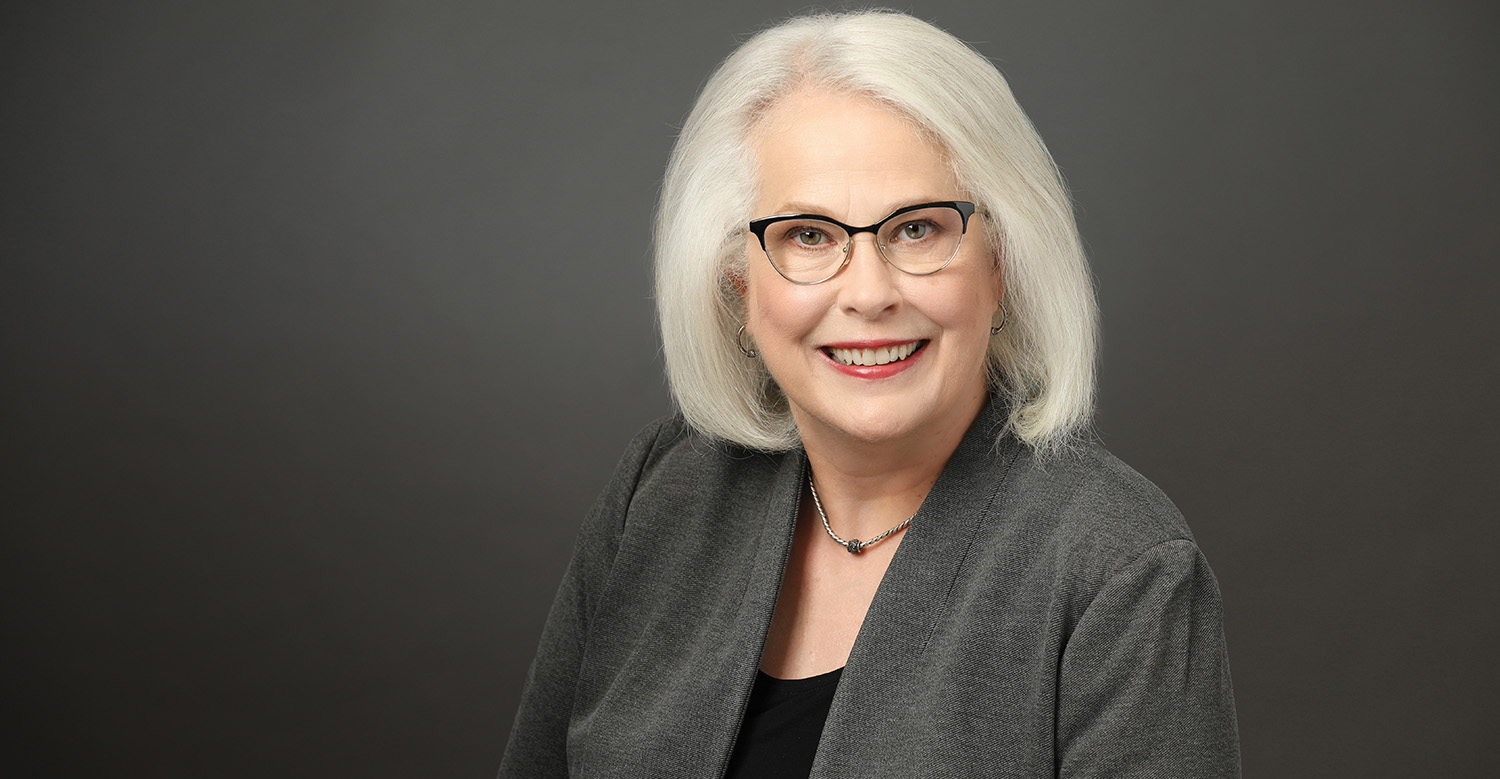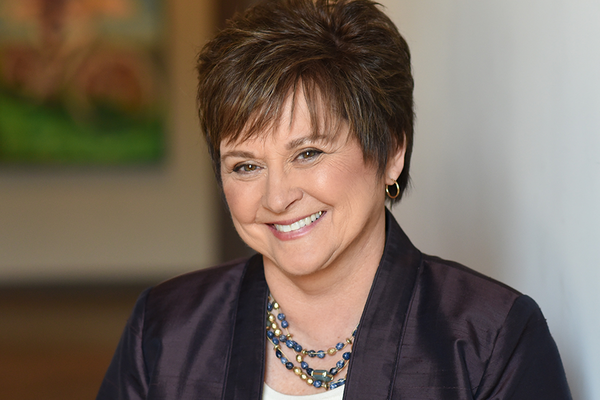A call to action: Climate crisis threatens child health
Chesney served as co-guest editor of the Journal of Pediatric Health Care’s special edition focused on planetary health
May 6, 2022
Brett Stursa

“I can think of few threats more urgent for the world’s children than the environmental and climate crises currently threatening children’s health and wellbeing,” says Mary Chesney.
About 1 billion children — almost half of all children in the world — live in countries deemed to be at extremely high risk from climate change impacts.
The threats to their health aren’t something to only fear in the future but are harming children now, says Clinical Professor Mary Chesney, PhD, APRN, CPNP, FAANP, FAAN, Katherine R. & C. Walton Lillehei Chair in Nursing Leadership.
“I can think of few threats more urgent for the world’s children than the environmental and climate crises currently threatening children’s health and wellbeing,” says Chesney, who served as the guest co-editor of the Journal of Pediatric Health Care’s special edition focused on planetary health. “Pediatric nurse practitioners and their fellow pediatric health care providers have a critical role in educating families, caregivers and policymakers about environmental threats and advocating for policies that protect children and the environment.”
Planetary health for pediatrics
While the effects of environmental hazards on health are better understood, the concept of planetary health is newer for many providers, says Chesney. Planetary health acknowledges the interdependence of the health of people and the health of the planet. “It really speaks to that concept that we need each other,” says Chesney. “Earth and people, our very existence is dependent on the health of the planet.”
Chesney, whose expertise includes health policy and advocacy for optimal child/youth health, says that she developed an interest in climate issues during the latter part of her career. From a policy perspective, she started paying closer attention when water and air quality protections were being rolled back during the Trump administration. But she says the most significant motivator was when she became a grandmother. “I had two little granddaughters born within six days of each other. I thought about the world that we’re going to leave them and was genuinely concerned about the fact that we’re destroying our planet,” says Chesney.
As a member of the editorial advisory board for the Journal of Pediatric Health Care, the official journal for the National Association of Pediatric Nurse Practitioners, Chesney suggested the planetary health focus for the special issue. University of California San Francisco Clinical Professor Karen Duderstadt, PhD, RN, CPNP, FAAN, joined as co-editor.
The issue, published in January, features articles that cover topics like the evidence and impact of climate change on the range of vector-borne diseases in the U.S., food insecurity and risk factors for childhood cancer and air quality. Chesney and Duderstadt wrote Children’s Rights, Environmental Justice, and Environmental Health Policy in the United States, which provides a historical perspective.
The issue also includes an article written by Katie Huffling, a University of Minnesota Doctor of Nursing Practice graduate and executive director of Alliance of Nurses for a Healthy Environments, about pediatric chemical exposure. Mona Hanna-Attisha, MD, MPH, FAAP, known for uncovering the Flint water crisis, wrote a case study about a girl from Flint who experienced lead poisoning and the role of providers to be advocates for children.
Children are vulnerable
In 2017, 26% of the deaths of the world’s children under five were related to environmental hazards, from threats like contaminated food and water and exposure to harmful chemicals.
“Because children’s bodies are developing and growing and changing, they feel the effects of toxins in a much greater degree than older children or adults do,” says Chesney. There is a rise in asthma and chronic lung conditions in children who live in areas that are heavily polluted. Exposures to polluted air and heavy metals and toxins in the water, air and food are leading to lower birth weights and an increase in cancers.
“Children are vulnerable because they are a little developing body, and they tend to take in and absorb those things in a different way. It’s far more damaging than being absorbed by a fully developed body,” says Chesney.
Environmental injustice, racism are significant
Children’s health and wellbeing rely on a just distribution of clean water, clean air and clean food, says Chesney. “And yet we know that children living in the poorest countries, children in the United States living in the poorest of zip codes, are bearing much more of the burden of the effects of pollution and climate change than other children,” says Chesney. “There is a significant level of environmental injustice. And unfortunately, those burdens fall on the poor and typically on disenfranchised communities of color who have not had the proper amount of investments made in their neighborhoods.” Environmental racism results in people of color being more adversely impacted by environmental hazards than higher-income and white populations. “The effects of environmental injustice and environmental racism are significant,” says Chesney.
She calls on child health advocates to promote public health policies that place child health at the center of the decision-making process to foster their health and wellbeing. “Child health is inextricably linked to planetary health,” says Chesney. “Those committed to caring for the health and wellbeing of children can no longer sit on the sidelines and ignore the urgent, existential threats environmental degradation, pollution, and climate change pose to the world’s children.”


